GE Fanuc QPI-GEG-201-H
Display Size:5.7 inches
Resolution:640×480 pixels
Touchscreen:Resistive Touch
Operating System:GE Proficy HMI Software
Communication Interfaces:RS-232, Ethernet
Power Supply:12V DC
Operating Temperature:-20°C to +60°C
Storage Temperature:-40°C to +70°C
Humidity Range:0% to 95% non-condensing
The GE-FANUC QPI-GEG-201-H DISPLAY boasts a sleek and robust design, tailored specifically for harsh industrial conditions. Its high-resolution display ensures clear visibility under various lighting conditions, enhancing operator productivity.
With its intuitive resistive touchscreen, this HMI simplifies the interaction process, allowing operators to navigate through complex processes with ease. It supports a wide range of industrial protocols, facilitating seamless integration with existing systems.
Powered by GE Proficy HMI Software, the device offers advanced programming capabilities and extensive customization options. Users can easily configure the interface to suit specific application requirements, improving efficiency and reducing setup time.
The QPI-GEG-201-H DISPLAY is equipped with multiple communication interfaces, including RS-232 and Ethernet, ensuring reliable data exchange with other components in the production line. This feature is crucial for implementing real-time monitoring and control strategies.
Built for durability and performance, the HMI operates within a wide temperature range (-20°C to +60°C), making it suitable for diverse industrial settings. Additionally, its robust power supply and humidity resistance guarantee stable operation even in challenging environments.

First hand source, affordable price. Spot inventory!
•Shipping Port: Xiamen
•Ship to you via Fedex/DHL/TNT/UPS/EMS
•Package: Original packing with cartons
Our Main Brand✨
ABB, GE, Allen Bradley, Honeywell, Emerson, Bently Nevada, Prosoft, Siemens, Westinghouse, Triconex, Foxboro, ICS Triplex, Hima, Schneider, Yokogawa, Woodward, B&R, KEBA, etc
Rockwell: Allen-Bradley
1) ControlLogix 1756 series controller
2) CompactLogix 1769 series controller
3) SLC 500 1747 1746 Series Controller
4) PLC-5 1771 1785 series controller5)
5)ProSoft :MVI69/PS69/MVI56/MVI94/MVI71/MVI46/31506)
6)ICS TRIPLEX trusted system
ABB:
1) AC800M series controller I/O module
2) AC800F series controller module
3) AC31 series controller module
4) 800xA series modules
5) Bailey INFI 90 module
6) DSQC robot module spare parts
7) Advant OCS system spare parts
8) H&B Freelance
Bentley Nevada :
1) Bently 3500 Monitoring system
2) Bently 3300 Monitoring system
Schneider:
Quantum 140 series :Modicon M340
Modicon Premium :CPU Processor Module,Communication module,etc
Emerson:
1) Ovation System DCS Card
2) DeltaV system Dual Channel Redundancy Safety System, Redundancy Controller
General Electric:
1) IS200/DS200 series Excitation system card
2)IC693/IC695/IC697/IC698/IC200/IC660/IC670 CPU module,Communication module, Analog Digital module
What is a DCS?
A Distributed Control System (DCS) is a sophisticated, computer-based control system designed to automate, monitor, and manage complex industrial processes. It is widely used in large-scale industrial facilities such as refineries, power plants, chemical plants, and paper mills, where precision, reliability, and scalability are critical.
How Does a DCS Work?
A DCS is composed of several interconnected components that work seamlessly to ensure efficient process control. Here’s a breakdown of its key elements:
- Controllers:
These are the “brains” of the system. Controllers receive data from sensors, process it using pre-programmed logic, and send output signals to actuators to maintain optimal process conditions. - Sensors:
Sensors act as the “eyes and ears” of the system, measuring critical physical parameters such as temperature, pressure, flow rate, and level. This real-time data is essential for accurate control. - Actuators:
Actuators are the “muscles” of the system. They execute physical actions based on controller commands, such as opening/closing valves, starting/stopping motors, or adjusting dampers. - Operator Stations:
These serve as the human-machine interface (HMI), allowing operators to monitor the process, adjust setpoints, and troubleshoot issues. Modern DCS systems often feature intuitive graphical interfaces for ease of use. - Communication Network:
The backbone of the DCS, this network connects all components, enabling seamless data exchange and coordination. It ensures that every part of the system works in harmony, even across large industrial sites.
Why is a DCS Important?
- Centralized Control with Distributed Execution: A DCS allows for centralized monitoring while distributing control functions across multiple controllers, reducing the risk of system-wide failures.
- Scalability: It can easily expand to accommodate growing operational needs.
- Reliability: Redundant systems and fail-safes ensure continuous operation, even in critical environments.
- Efficiency: Optimizes processes, reduces waste, and improves overall productivity.

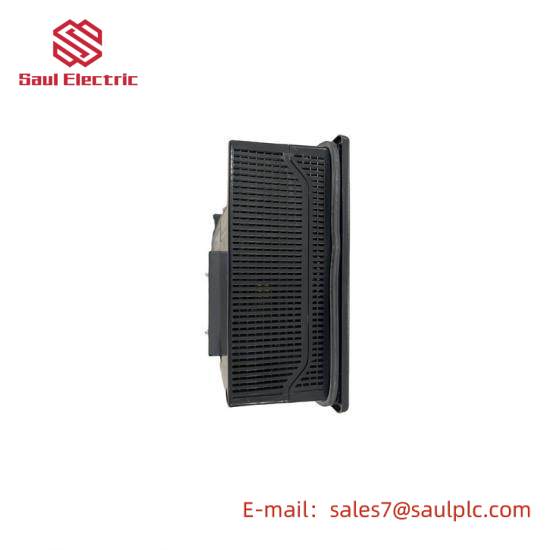
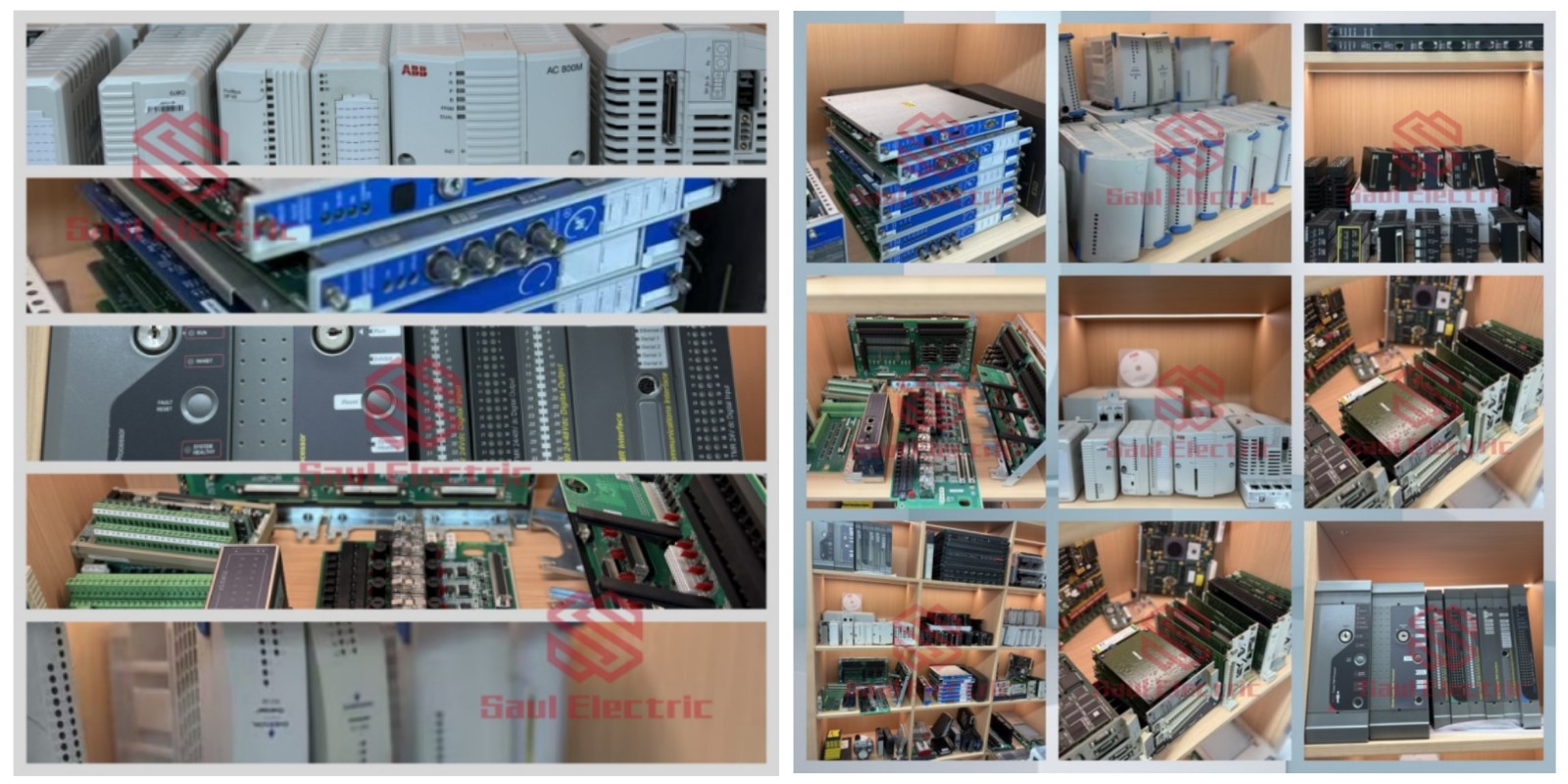

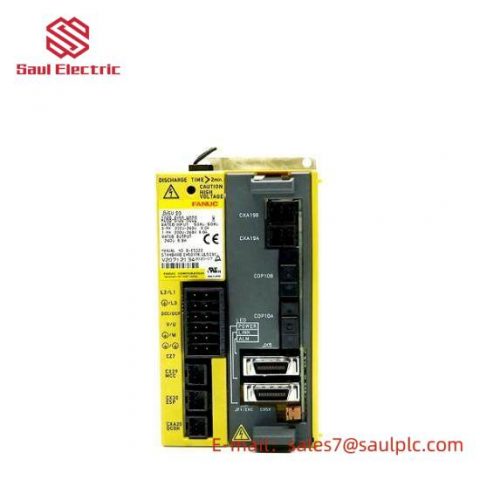
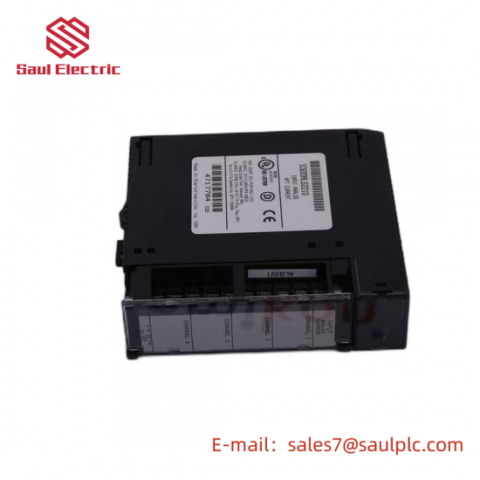
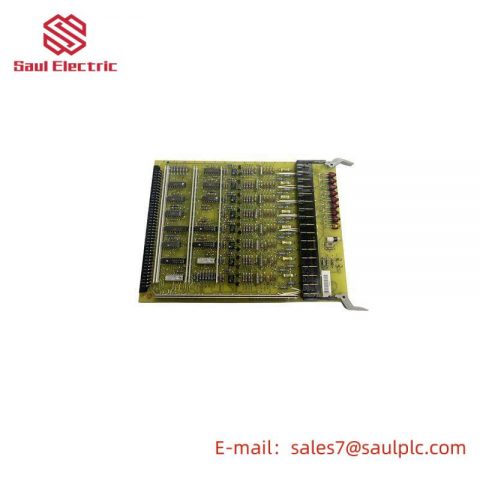
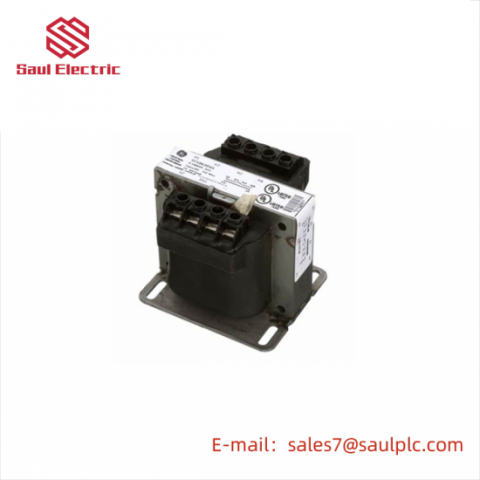
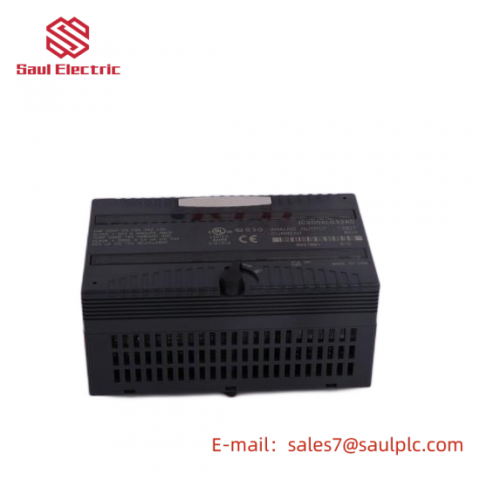
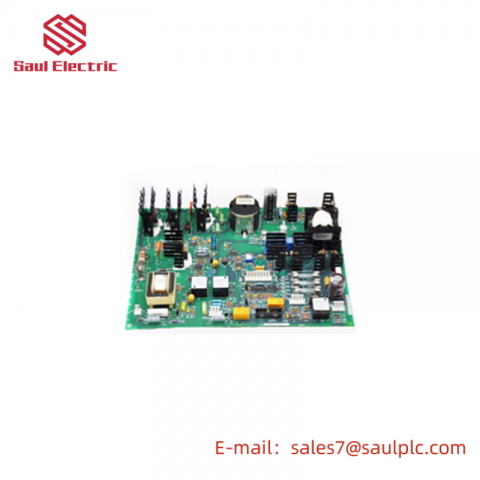
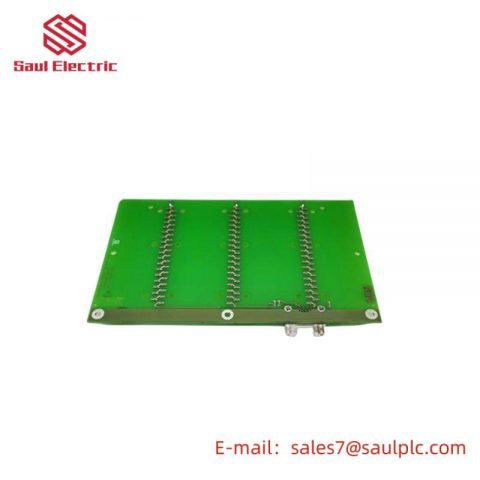
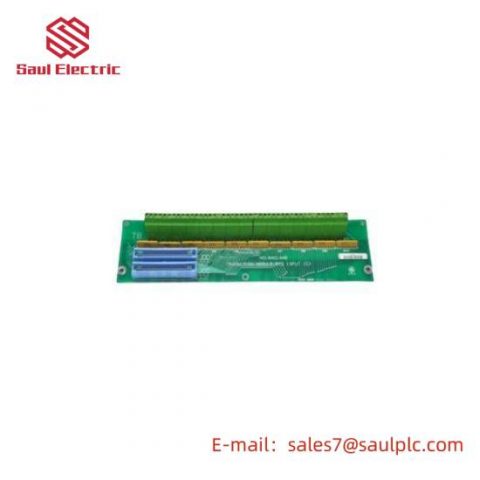
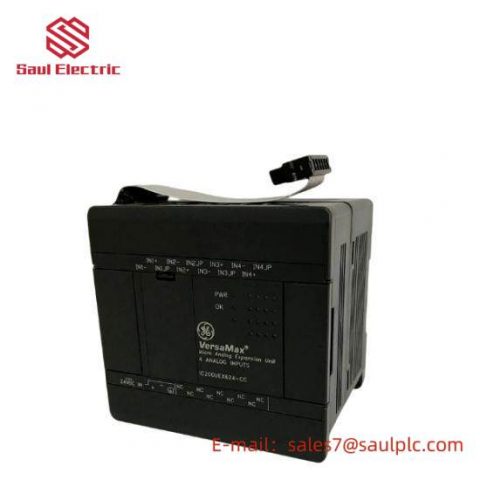
There are no reviews yet.